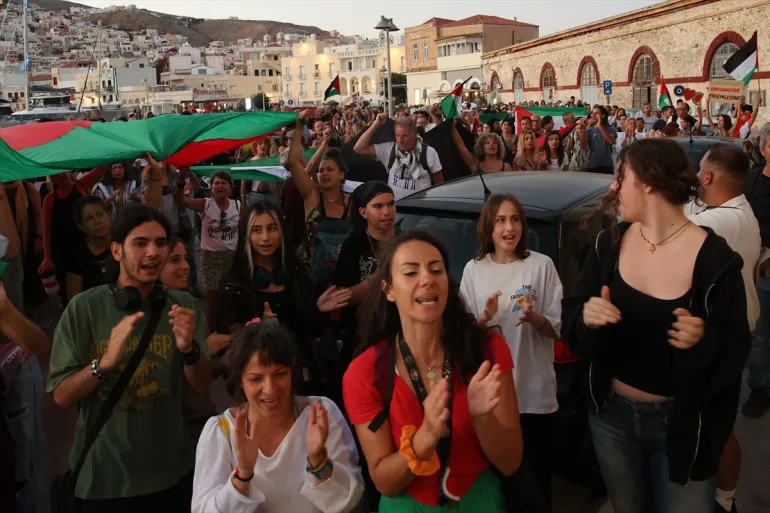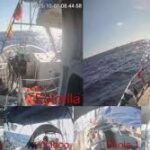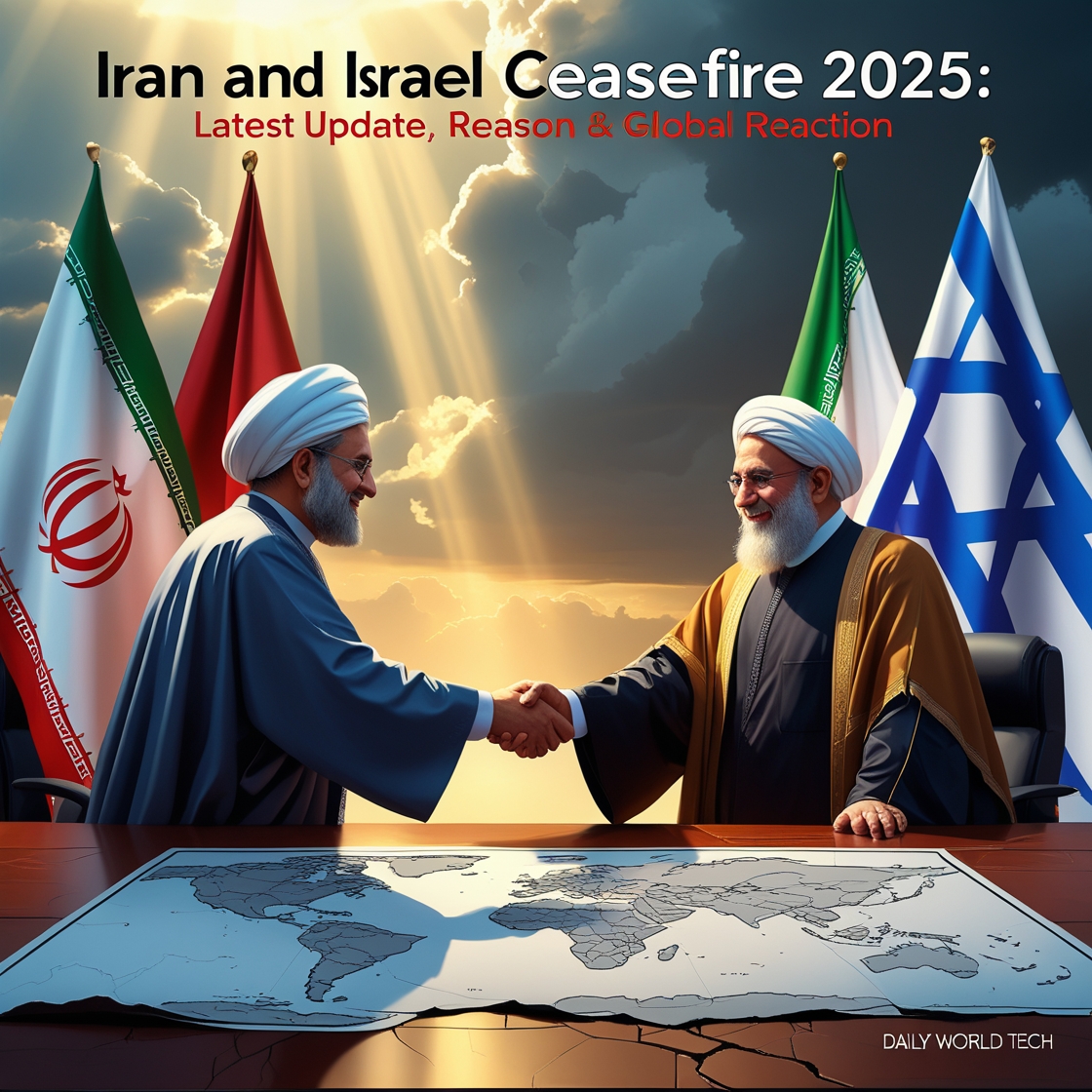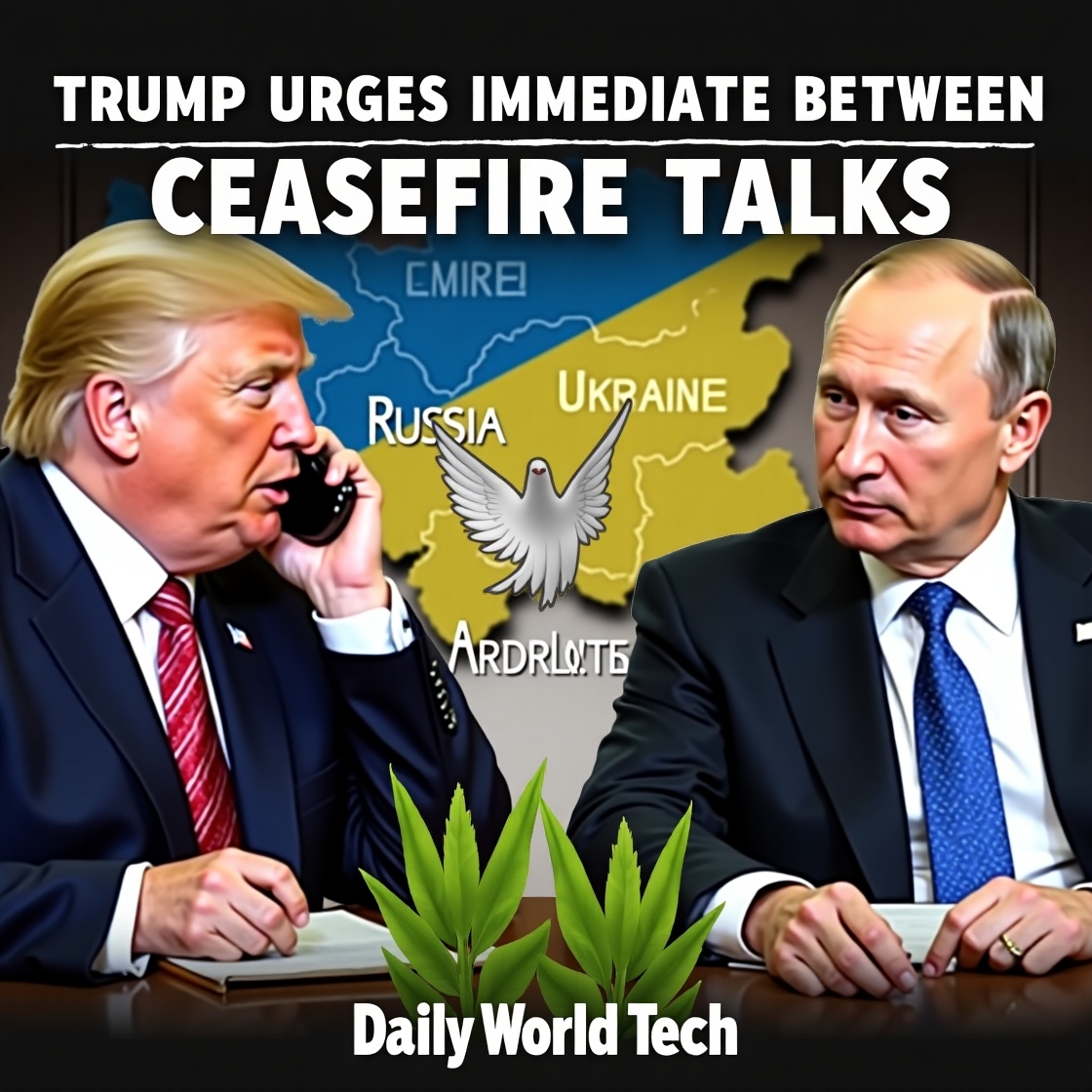It was a dramatic and highly symbolic encounter in the early hours of October 1 st, 2025 in the waters of the eastern Mediterranean. The Israeli ships had intercepted a flotilla of ships that tried to violate the naval blockade of the Gaza Strip.
Although a one-time incident, it is a strong point of view to look at the current humanitarian crisis in Gaza and the actions of the international community to question it. This is what has happened concerning the Gaza Sumud Flotilla.
What was the Gaza Sumud Flotilla?
It was a flotilla named Sumud (Arabic for steadfastness or perseverance), and organized by an alliance of international pro-Palestinian groupings of activists as well as humanitarian non-governmental organizations. Its declared mission was two-fold:
- To Provide Humanitarian Relief: The ships were carrying vital aid, such as food, medical supplies and generator fuel, to the citizens of Gaza.
- As a Sign of Protest: The flotilla was symbolic, in that the group wanted the world to notice the 18-year-long Israeli-Egyptian blockade of Gaza, and to protest what organizers term the collective punishment of the 2.3 million inhabitants of Gaza.
This move has been reminiscent of the notorious- and tragic- 2010 Gaza Freedom Flotilla, in which Israeli commandos stormed the flagship of the convoy, the Mavi Marmara, killing ten of the activists. This past loomed large on this mission.
The Interception: What?
The Israeli military reports and the organizers of the flotilla report:
- The Strategy: The three ships were heading to the Gaza coast, out of an unknown Mediterranean port.
- The Alarm: The Israeli Navy contacted the ships still in international waters, telling them to turn back and warned that they were trying to violate a legal naval blockade.
- The Seizure: When the ships declined to change the path, Israeli naval commandos entered the ships. The Israeli army called the operation uneventful and said their troops seized control of the vessels with no violent opposition on the vessels.
- The Aftermath: The ships were brought to the Israeli port at Ashdod. The activists and members of the crew were arrested and sent to Israeli immigration officials, where they were most likely to be deported. The cargo, which was considered an unauthorised supply, was seized.
The international community was already paying attention to the flotilla as it crosses the Mediterranean and arrests of activists on board meant protests in such cities as Rome, Buenos Aires and Istanbul on Wednesday night.
The Conflicting Narratives
The interception, like many other episodes of this war is depicted in two very contrasting ways.
The Israeli Position:
The Israeli government justifies its acts by saying that it is acting in the best interest of the state security. According to them, naval blockade is a critical mechanism in curbing the delivery of the weapons and military equipment into the hands of Hamas and other militant groups in Gaza. They pointed out that any assistance to Gaza has to pass through the official land crossings, which are approved by Israel, and there it can be subjected to a thorough security check. In this light, the flotilla is perceived as not a humanitarian operation, but as provocative and a media exercise aimed at delegitimizing Israel.
The Position of the Flotilla Organizers:
The flotilla coordinators and sponsors call the flotilla interception an act of piracy in international waters and a breach of international law. They claim the legal land routes to aid are inadequate, slow and prone to arbitrary shutdowns do not serve the massive demands of the Gaza people. The flotilla is to them a non-violent form of civil disobedience to draw attention to a humanitarian disaster and to lift the isolation of Gaza. The very title of the organization, Sumud, is a statement in itself about their perception of the mission: it is a non-violent resistance to oppression.
The Bigger Picture: A Crisis in a Crisis.
One cannot take this event out of context of life in Gaza. The situation in the territory is in dire humanitarian condition and it is marked by:
- Poverty and unemployment at extreme levels.
- A lame healthcare system that is affected with power cuts and shortage of supplies.
- Living on International aid to survive.
- Strict limitations of movement of individuals and products.
Such scaled-down flotillas as this are a direct answer to such conditions. They are supposed to cast a global light on what has been termed by most human rights agencies as an unsustainable status quo.
What Happens Next?
The short-term consequences are deportation of activists and consumption of another news cycle. But more important is the long term consequences.
- Renewed Scrutiny: The incident has once again made the international community directly address current blockade and humanitarian conditions in Gaza, which has been followed by statements of different governments and non-governmental organizations.
- The Symbolic Struggle: though its physical endeavor is unsuccessful, the flotilla manages to achieve its symbolic mission. It maintains the momentum of the discussion and motivates more activism and keeps the cause of Gazans in the limelight.
- A Trend to Notice: This episode confirms that so long as the blockade exists, and so long as the activists see a desperate necessity in Gaza, efforts to break it, by sea and by land, will go on.
Intercepting the Sumud Flotilla is not just a military event, but it is a wakeup call, a reminder of a long-running war and a hopeless humanitarian situation. It highlights the wide divide between security needs and human needs, a divide which, at present, is catastrophically difficult to overcome.

Symbolic but not negligible amounts of humanitarian cargo, such as food, medical supplies and other necessities of the Gaza population, were on board.











